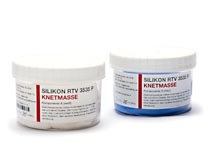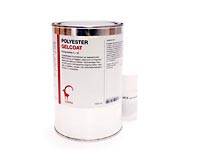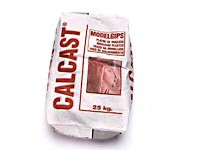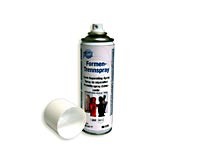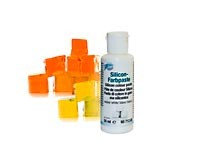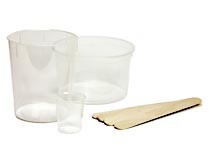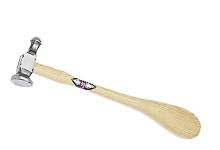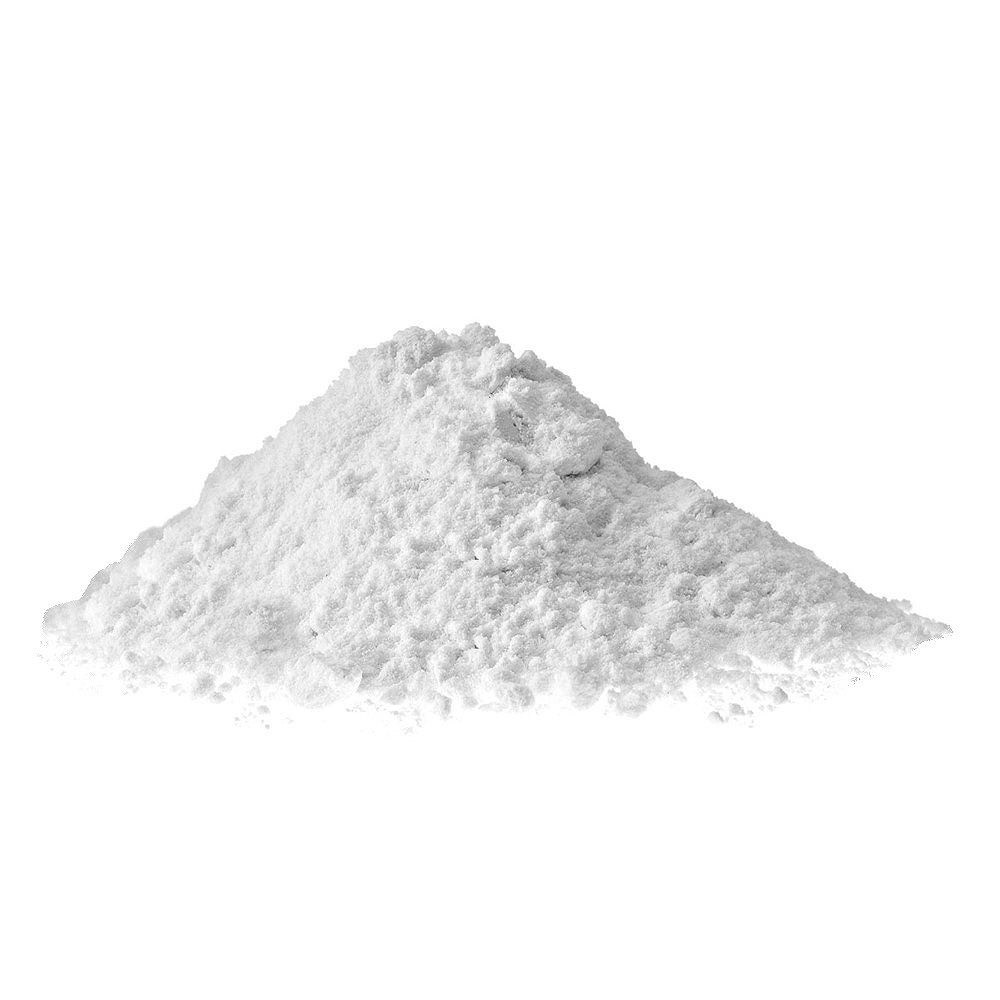We deliver fast - Postage free from 150 € (DE) - 60 days right of return - mail@bildhau.de - Tel.: +49 (0)221-99874700
Moulding & casting
xxxMoulding is usually an intermediate step on the way to casting. The mould of an object, be it from nature, a sculpture, a plastic, a utility object or, for example, the human body, is taken from the original, the master model, with the help of a material that is often initially liquid and then cures to become elastic and dimensionally stable. In order to subsequently be able to cast without the mould changing, it is often necessary to build a supporting mould.
Through moulding and casting, objects can be developed, objects, sculptures, models, body parts or surface structures can be reproduced, moulds can be produced in larger quantities and objects can be translated into another material.
Which moulding compound and casting compound is best suited for which moulding depends entirely on the type of project, but also on the work situation. During casting, a liquid mass is poured into a previously prepared casting mould or casting form, which hardens due to different chemical processes.
The temperatures and humidity in the working area, for example, can strongly influence the setting time and curing behaviour of the individual materials. Silicones and synthetic resins are generally two-component systems that cure through a chemical reaction.
> read more
